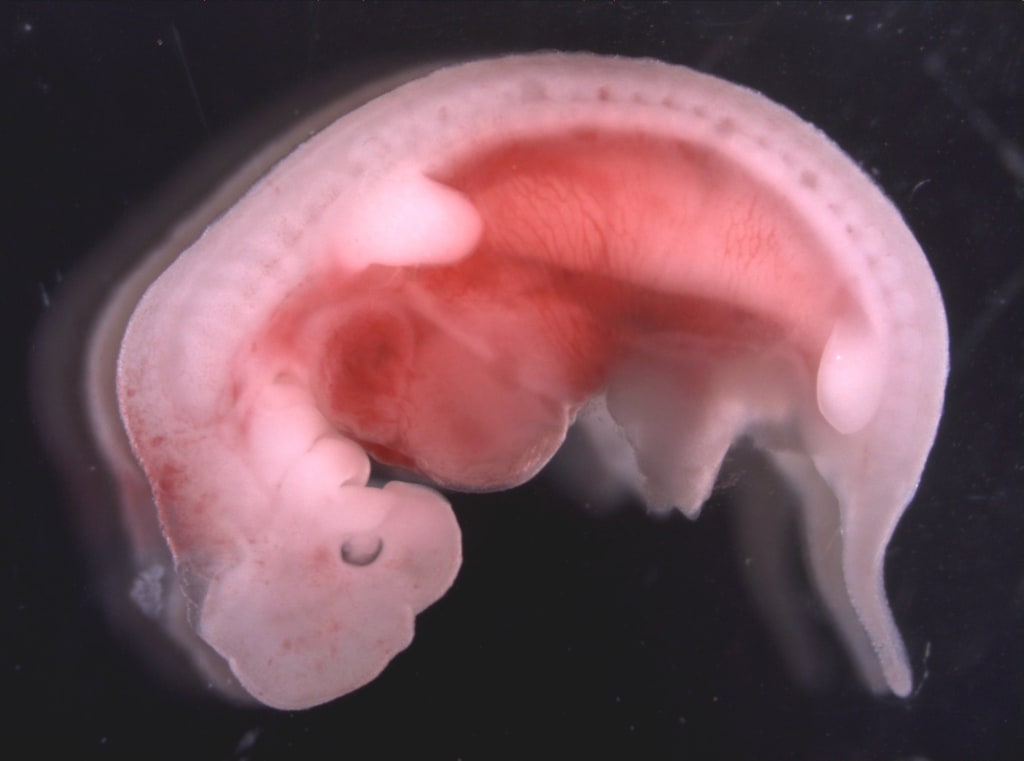
Human embryology is the research of the advancement of an embryo that occurs throughout very first eight weeks after fertilizing.
Germinal stage:
It is the time from fertilization through the development of the very early embryo till implantation is completed in the womb. It takes about 10 days.
Bosom:
The zygote divides mitotically.
Blastomeres are the undifferentiated separating cells, that aggregate into a round confined within the membrane of the egg.
Void junctions develop.
16 celled stage is the Morula.
Development is holoblastic.
Blastulation:
Cells distinguish into an outer layer called as trophoblast & internal mobile mass.
Inner mass of cells differentiates to form embryoblast & it polarizes at one end leaving a cavity called as blastocoel. This creates the blastocyst.
Embryoblast will certainly become the embryo & the trophoblast will certainly become the placenta.
The trophoblast permits the blastocyst to connect to the endometrium, where it will certainly implant.
Implantation:
It is the add-on of blastocyst to the uterine wall. It happens 6-7 days after fertilizing.
The trophoblast sets apart right into an internal layer, the cytotrophoblast and also an outer layer, the syncytiotrophoblast.
The syncytiotrophoblast dental implants the blastocyst in the endometrium by forecasts of chorionic villi, creating the beginning part of the placenta.
The placenta develops once the blastocyst is dental implanted, attaching the embryo to the uterine wall.
A slim connecting stalk joins the embryo to the trophoblast, it later on becomes the umbilical cable to attach the placenta to the embryo.
Gastrulation happens by invagination of the epiblast. The primitive streak created by migrating epiblast marks the start of gastrulation. It develops the head & tail ends of an embryo. See it here ib Singh embryology pdf
- Gastrulation occurs 16 days after fertilization.
- It rearranges to create 3 split embryo.
The 3 germ layers are the ectoderm, mesoderm & endoderm, and are formed as 3 overlapping flat discs.
- Ectoderm will generate the outermost layer of skin, main and peripheral nervous system, eyes, internal ear, as well as many connective tissues.
- Mesoderm will certainly generate the heart as well as the start of the circulatory system, as well as the bones, muscular tissues & kidney.
- Endoderm will serve as the beginning factor for the advancement of the lungs, intestine, thyroid, pancreatic & bladder.
Establishing before the primitive streak is a primitive node, which is the coordinator of neurulation. It develops from epiblast and induces the development of the neural plate.





Comments
There are no comments for this story
Be the first to respond and start the conversation.